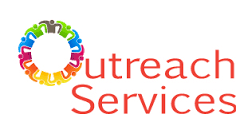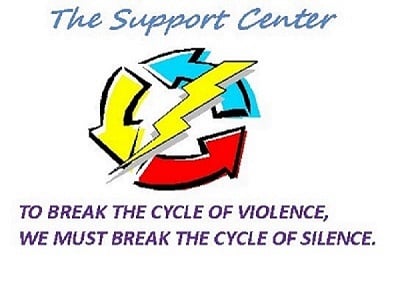Immigration

Crisis Intervention
24/7 Crisis Line • All calls are answered by people who are trained to deal with crisis situations caused by Domestic Violence, Sexual Assault and any other crime. Suicide calls, and referrals for other crisis. 911 is meant for all emergencies; emergency personnel is encouraged to call for assistance with Domestic Violence and Sexual Assault/abuse and other crimes type of emergencies. Emergency shelter is available to keep Domestic Violence survivors safe and advocates are trained to assist with medical, legal, and social services aspects of dealing with these calls.

Referrals to other Agencies

Outreach Services
The Support Center Advocates cover Okanogan County. Nearly every week during the school year, will find the advocates working with students and adults in Tonasket, Oroville, Twisp and Winthrop, Omak, Okanogan, Brewster, Nespelem, Coulee Dam, and Grand Coulee.
Education/Prevention, and Support Groups are offered in the schools along with individual counseling. Other services offered to schools include the curriculum: “Talking about Touching” for the elementary grades, and “Steps to Respect” for the middle school. With prior arrangement, advocates may provide training for teachers on the topic of “Mandated Reporting” and what steps to take when a disclosure is made.

Medical & Legal Advocacy
All people who answer the Crisis Line are trained to assist with medical examinations for evidence, be it for Domestic Violence, Sexual Assault/Abuse and other crimes. The advocate/volunteer can provide support to the client. A set of clean new clothes will be available for the client’s use, since the client’s original clothing may be confiscated for evidence. The advocate is carefully educated in reference to the rape exam; special attention is paid to the chain of transfer of evidence. This term is used to insure that the evidence collected is always monitored by an authority person to maintain the evidence’s integrity for use in the court system for prosecution.
A legal advocate is on staff with precise knowledge in most areas of legal procedures commonly used by clients of The Support Center. This person serves a resource to the other employees who have their own expertise in certain areas of the different court procedures. For example, most of our advocates assist their clients with many Protection Orders, increasing their expertise and proficiency in obtaining Protection Orders. Furthermore, some of our advocates aid clients with the filing of divorce papers, with or without child custody. This, in turn, requires additional paperwork for the parenting plan. The legal advocate at The Support Center is particularly well informed about the Colville Tribal Court System.


Individual & Group Counseling
Advocates are trained to counsel individuals to work with the feelings and situations that occur after Domestic Violence, Sexual Assault and any other crime. Many resources are pooled at The Support Center and can be accessed by the advocates for their clients. Group counseling for survivors of Domestic Violence and Sexual Assault occurs on a weekly basis.
for survivors of Domestic Violence and Sexual Assault occurs on a weekly basis.
 for survivors of Domestic Violence and Sexual Assault occurs on a weekly basis.
for survivors of Domestic Violence and Sexual Assault occurs on a weekly basis.

May be able to Help you With some of the following
>Finding the best application or petition for your unique situation.
>Completing the Forms you need correctly and effectively.
>Getting all the information you need together to send with your application or petition so there is less of a chance it will be rejected.
>Tracking your application or petition as it moves through the immigration process.
> Locate your nearest field or international USCIS office to assure your application or petition is sent to the correct location.
>Schedule a free appointment to visit a local USCIS office and get answers on your case if you have questions or concerns that we are not able to provide.

